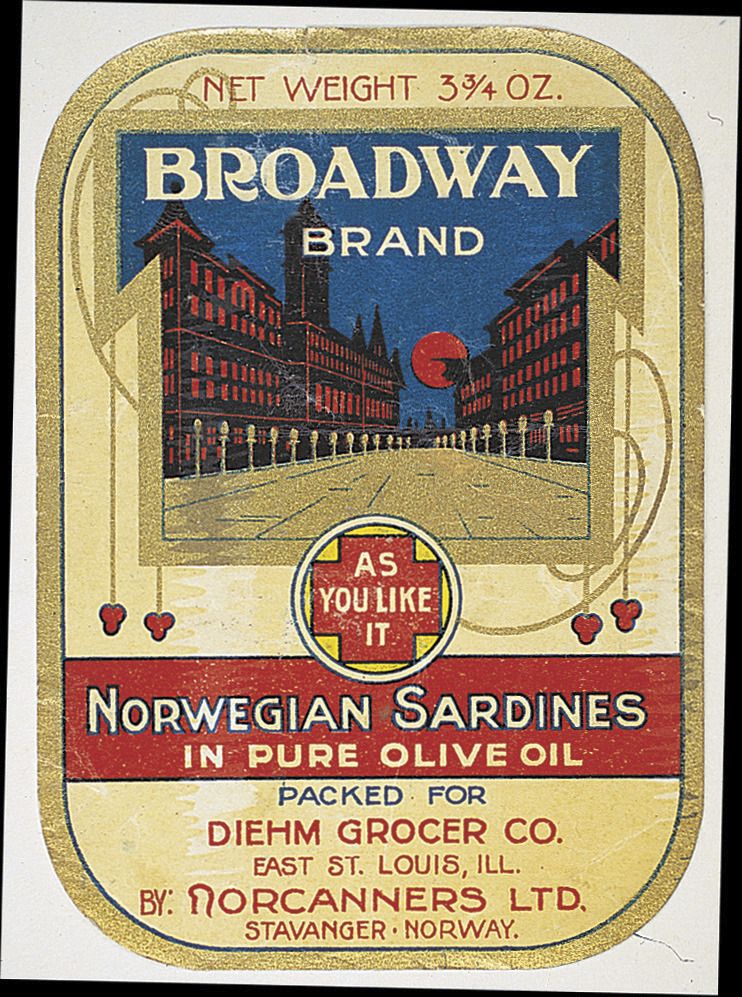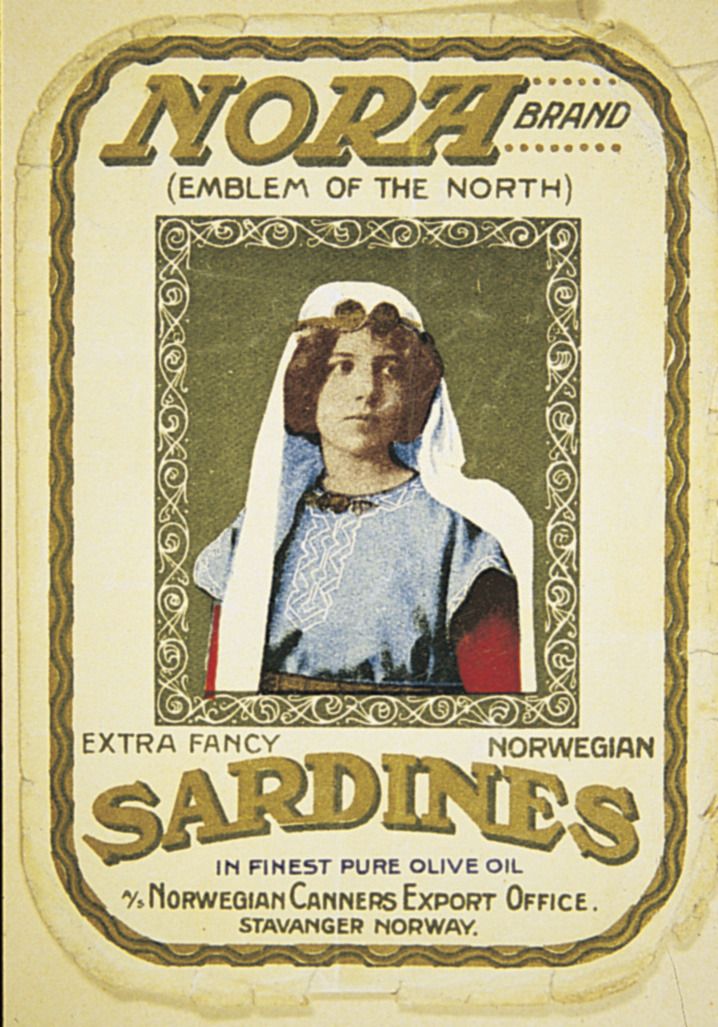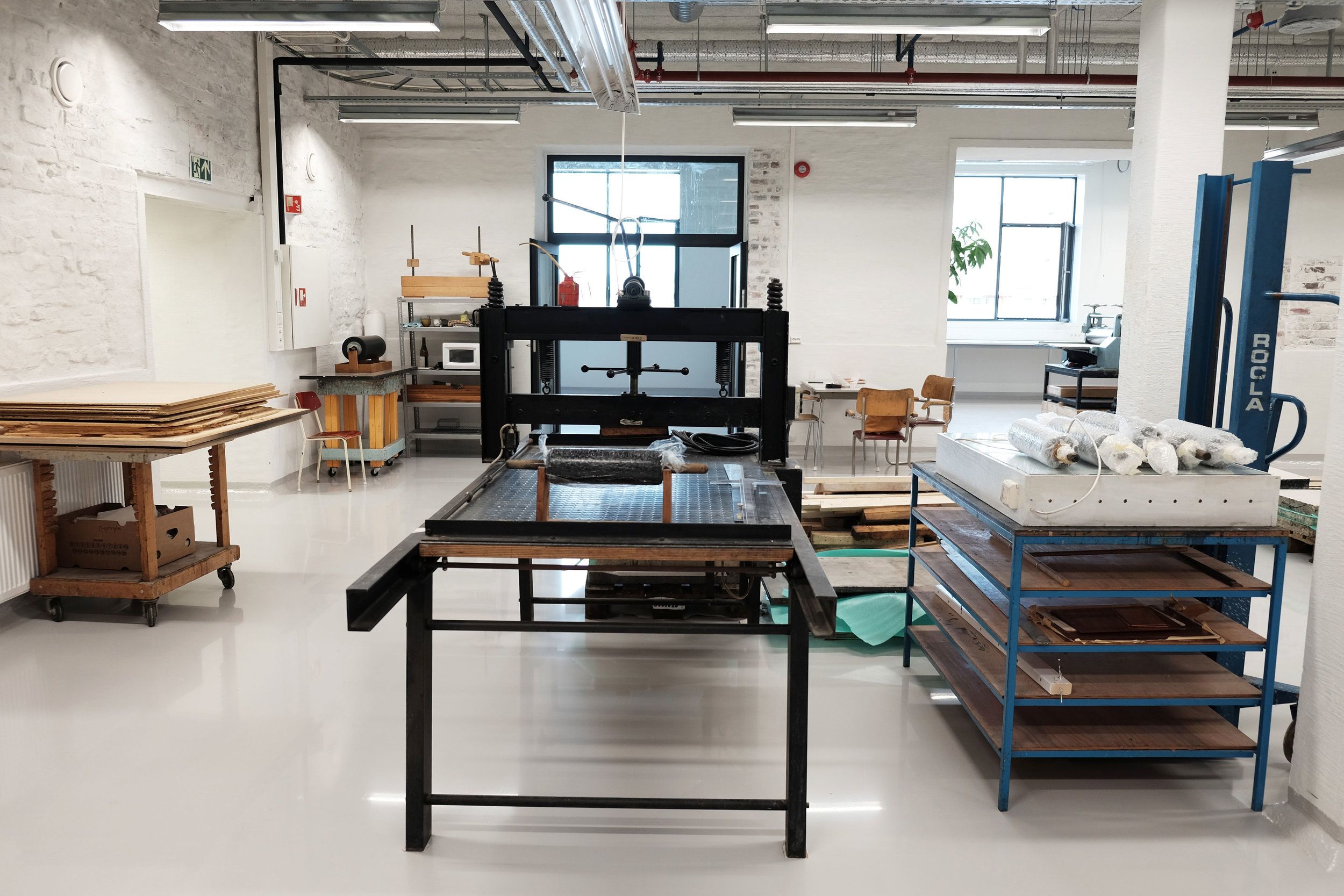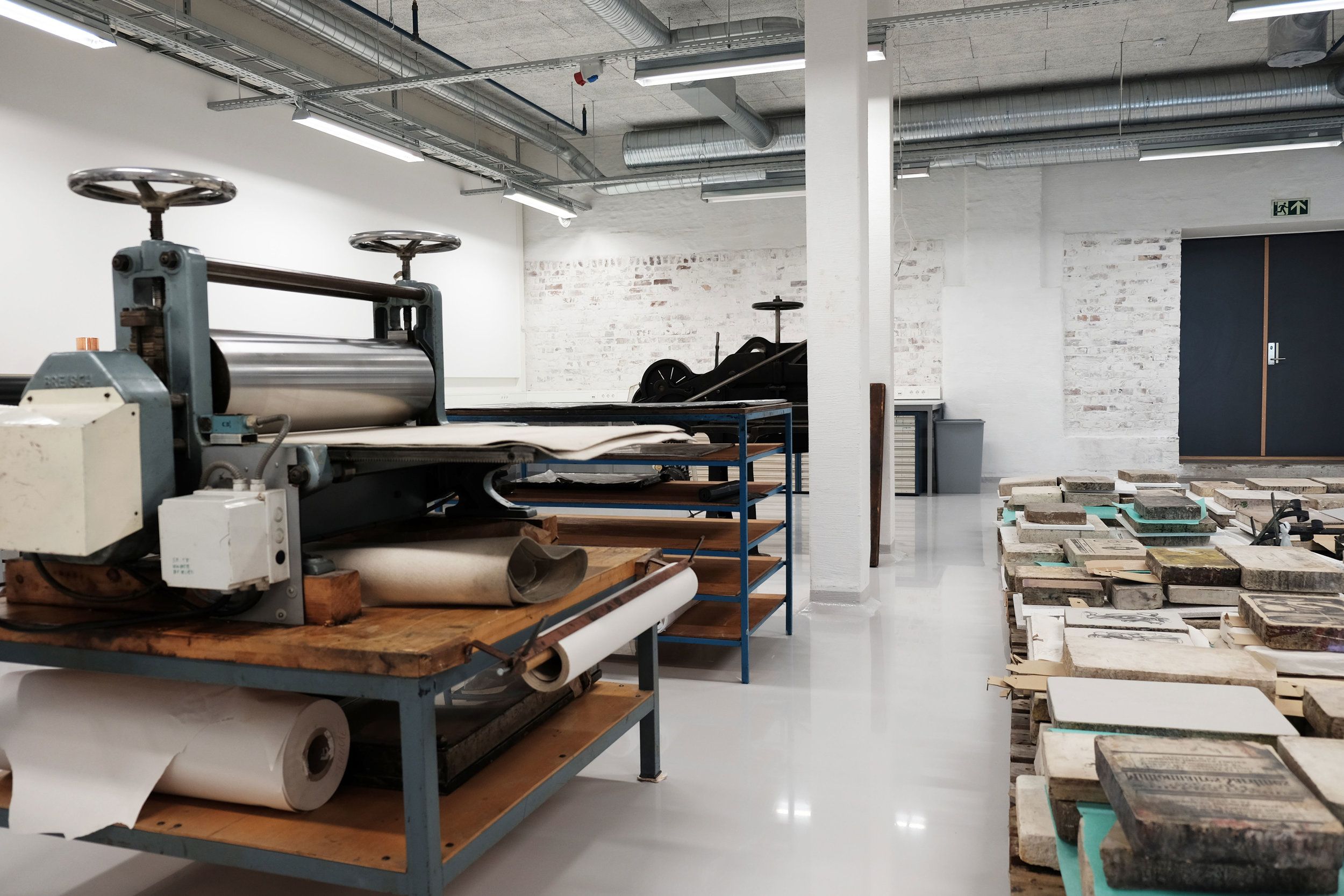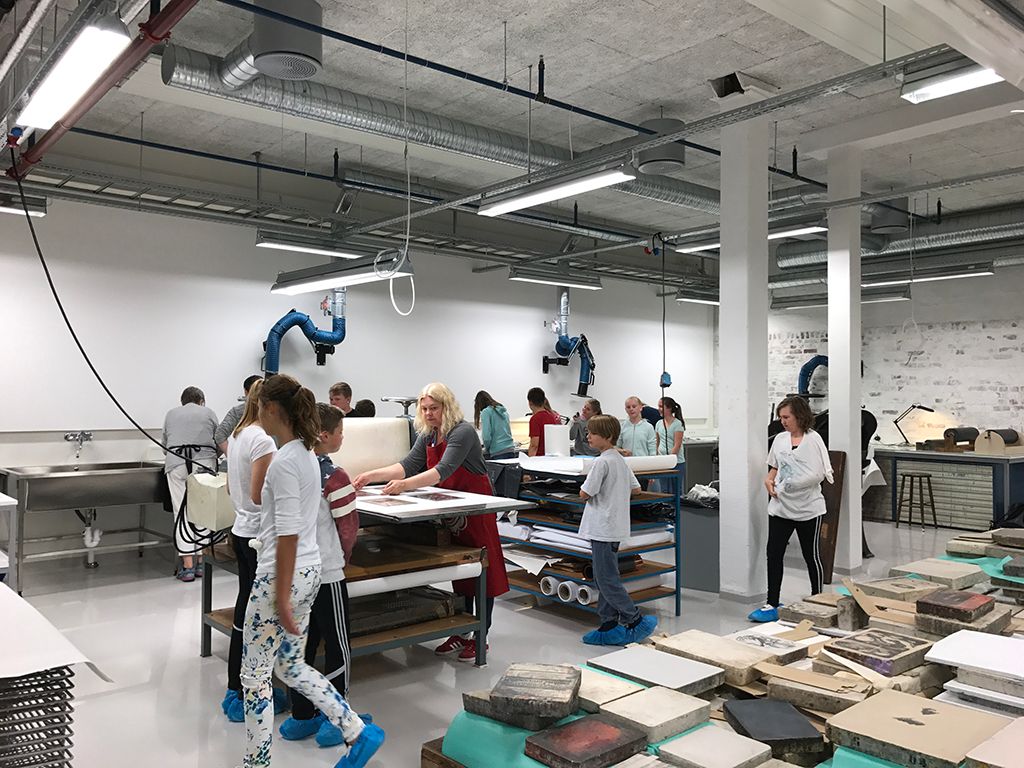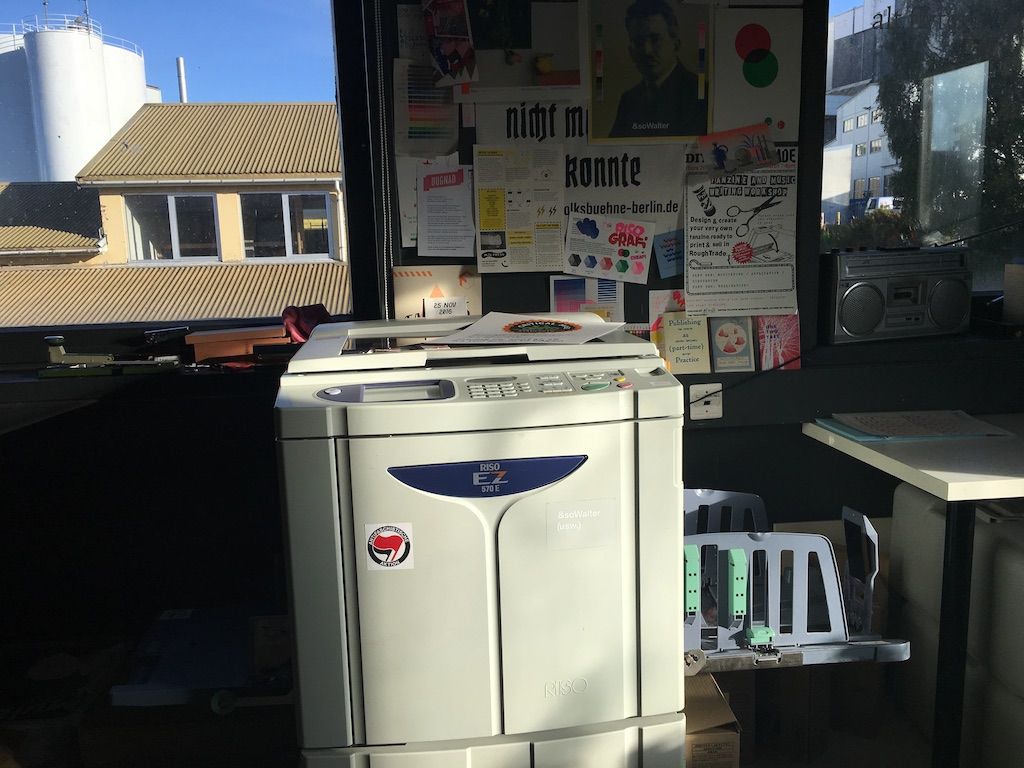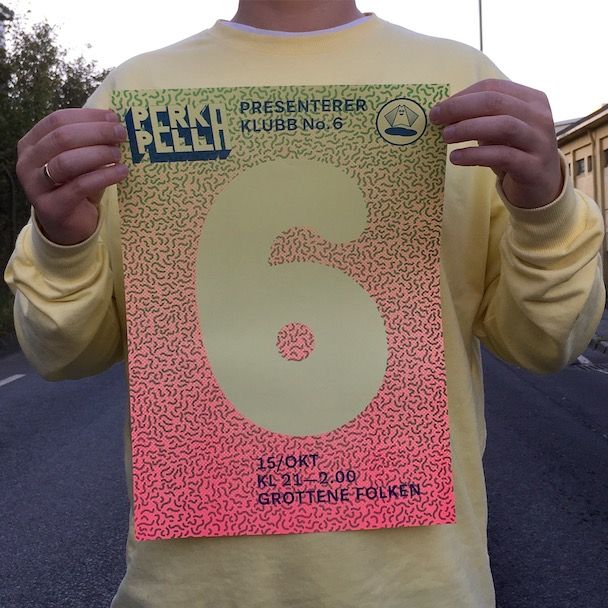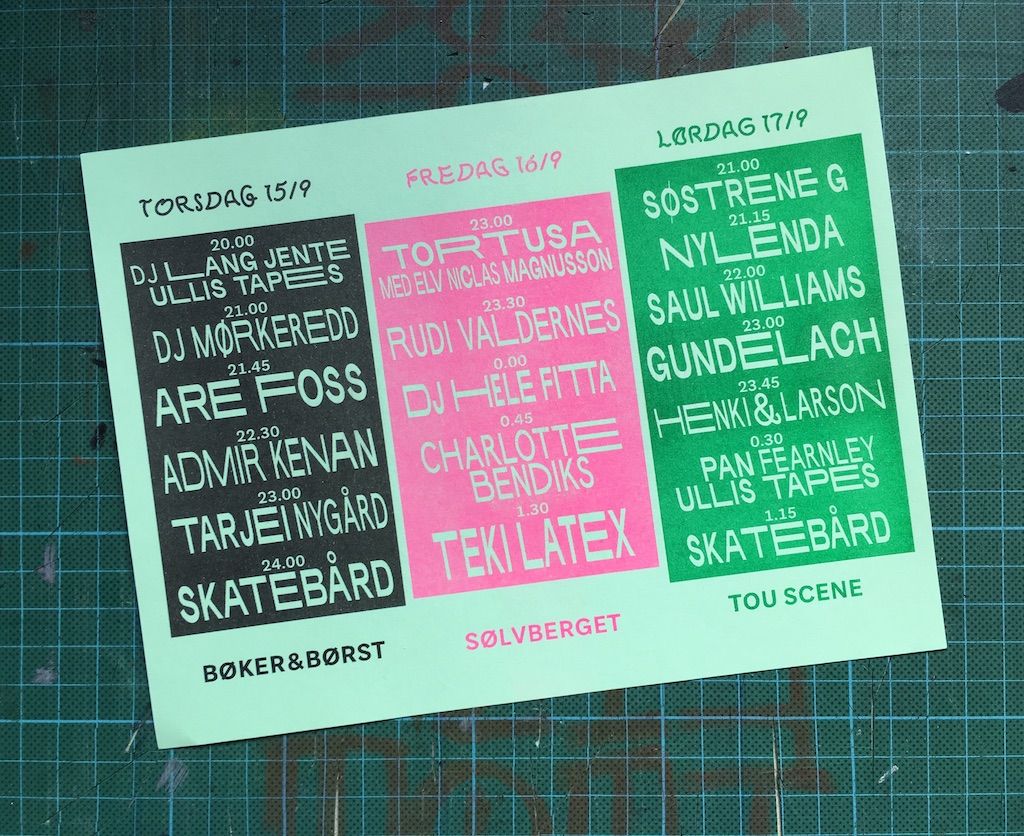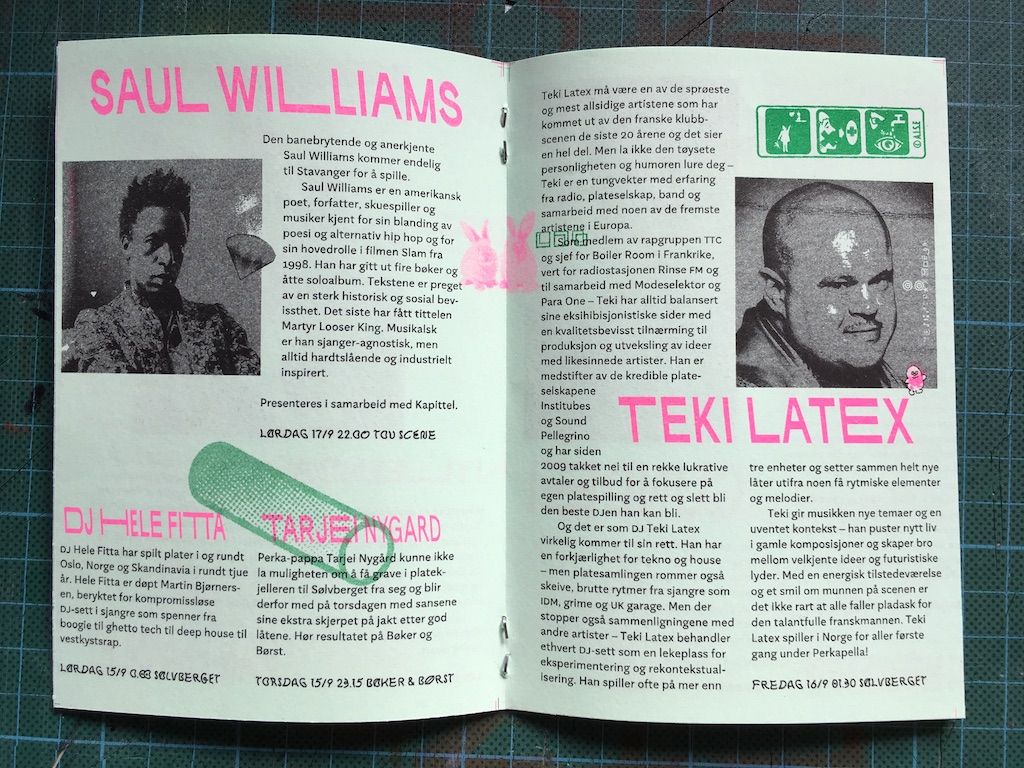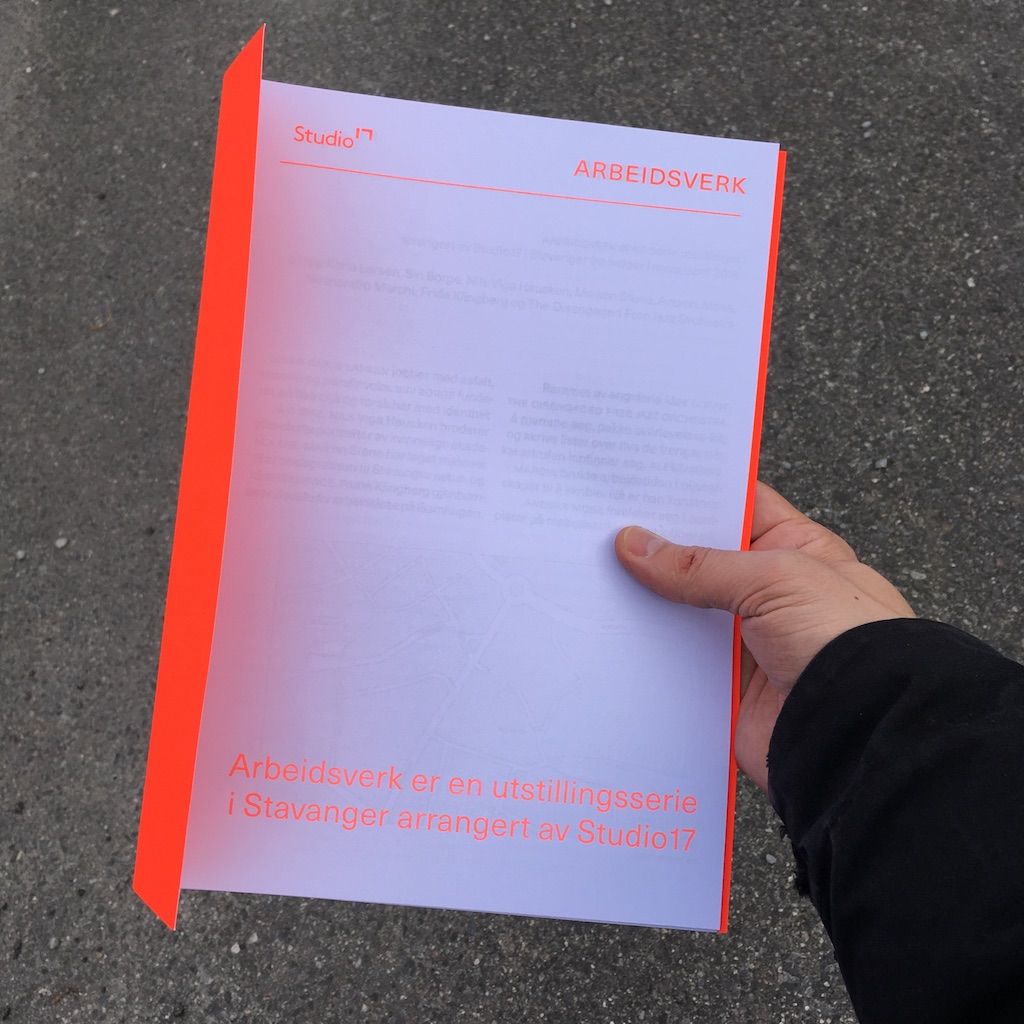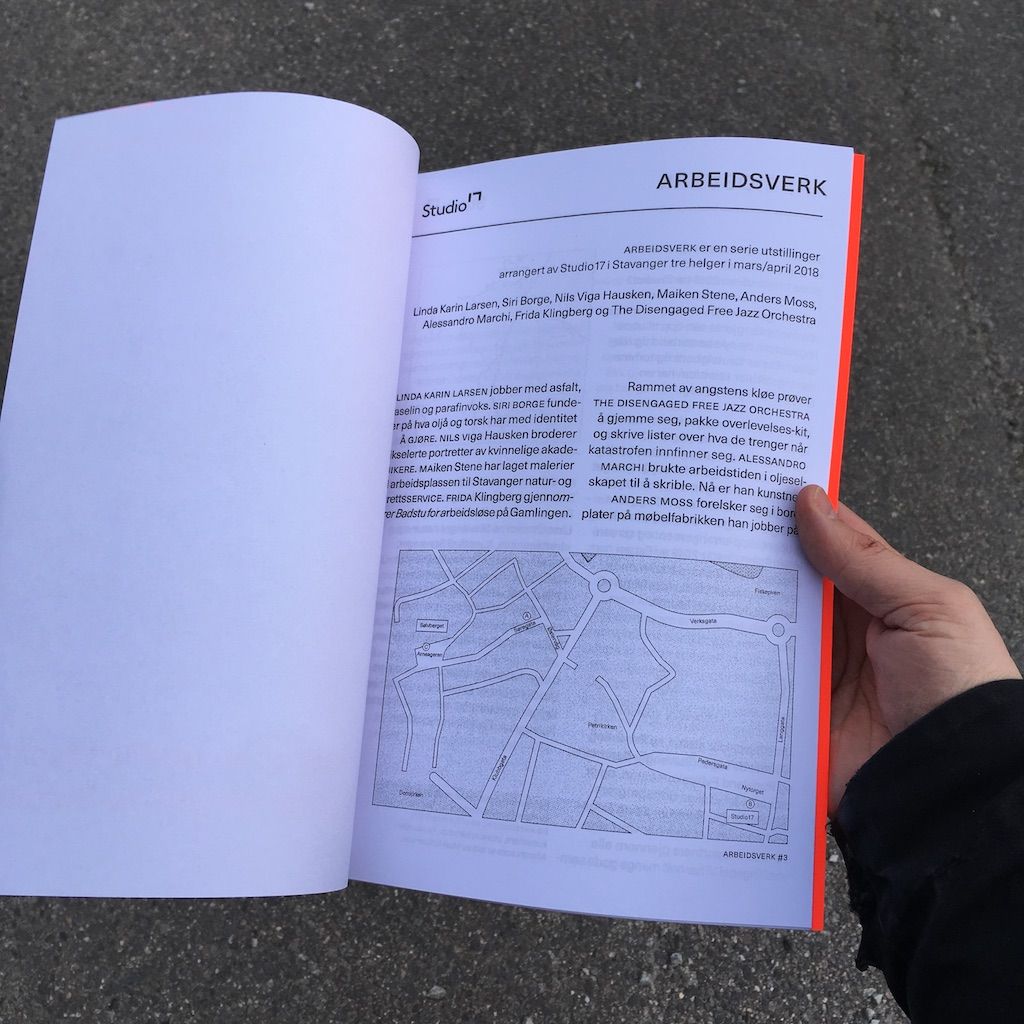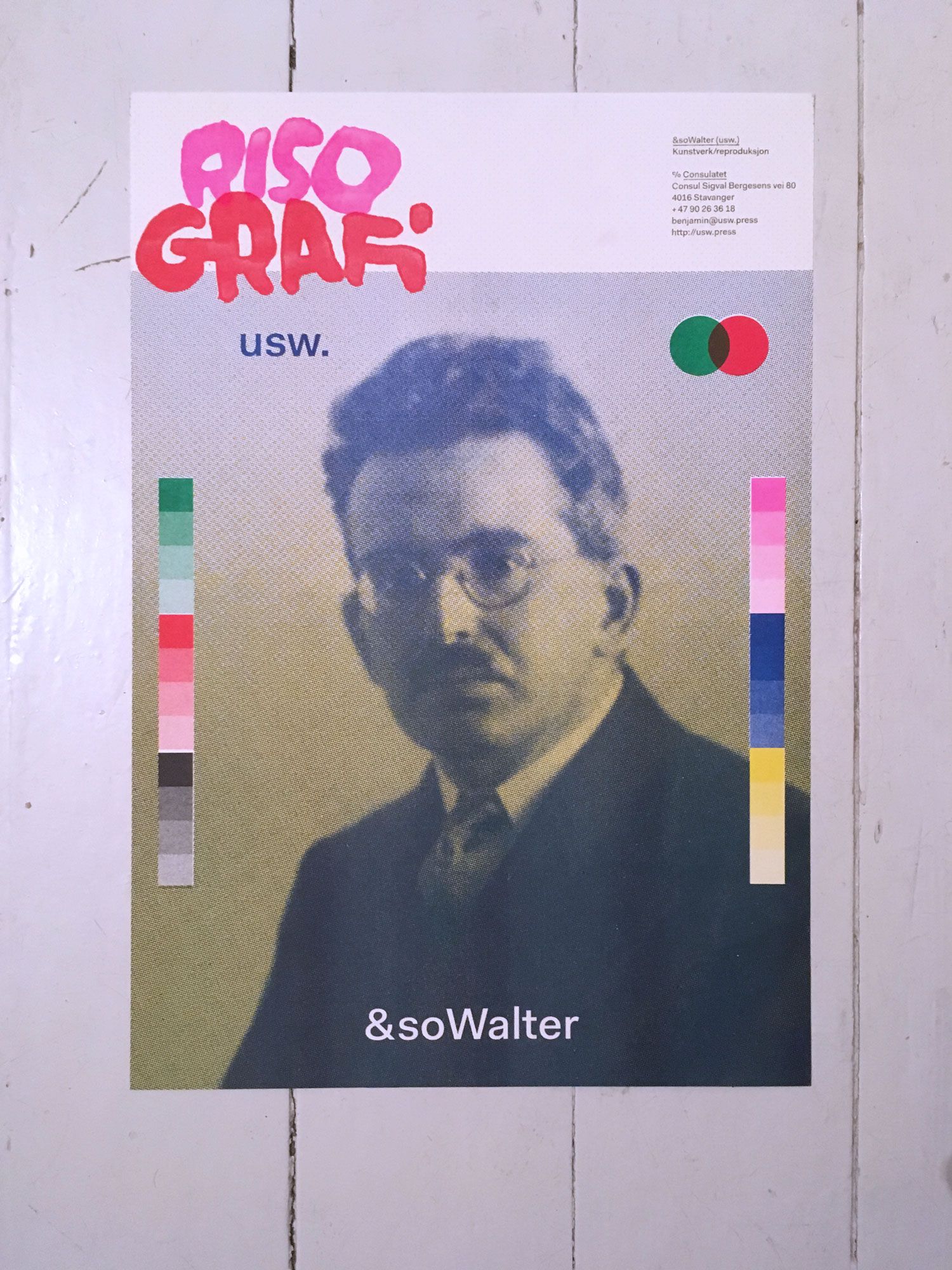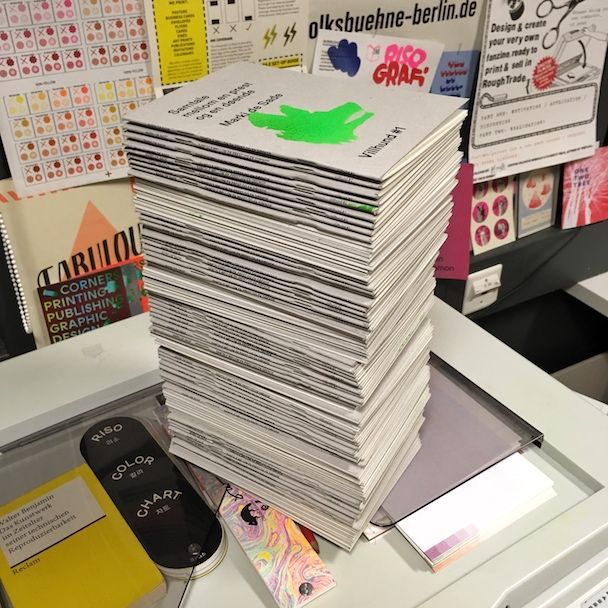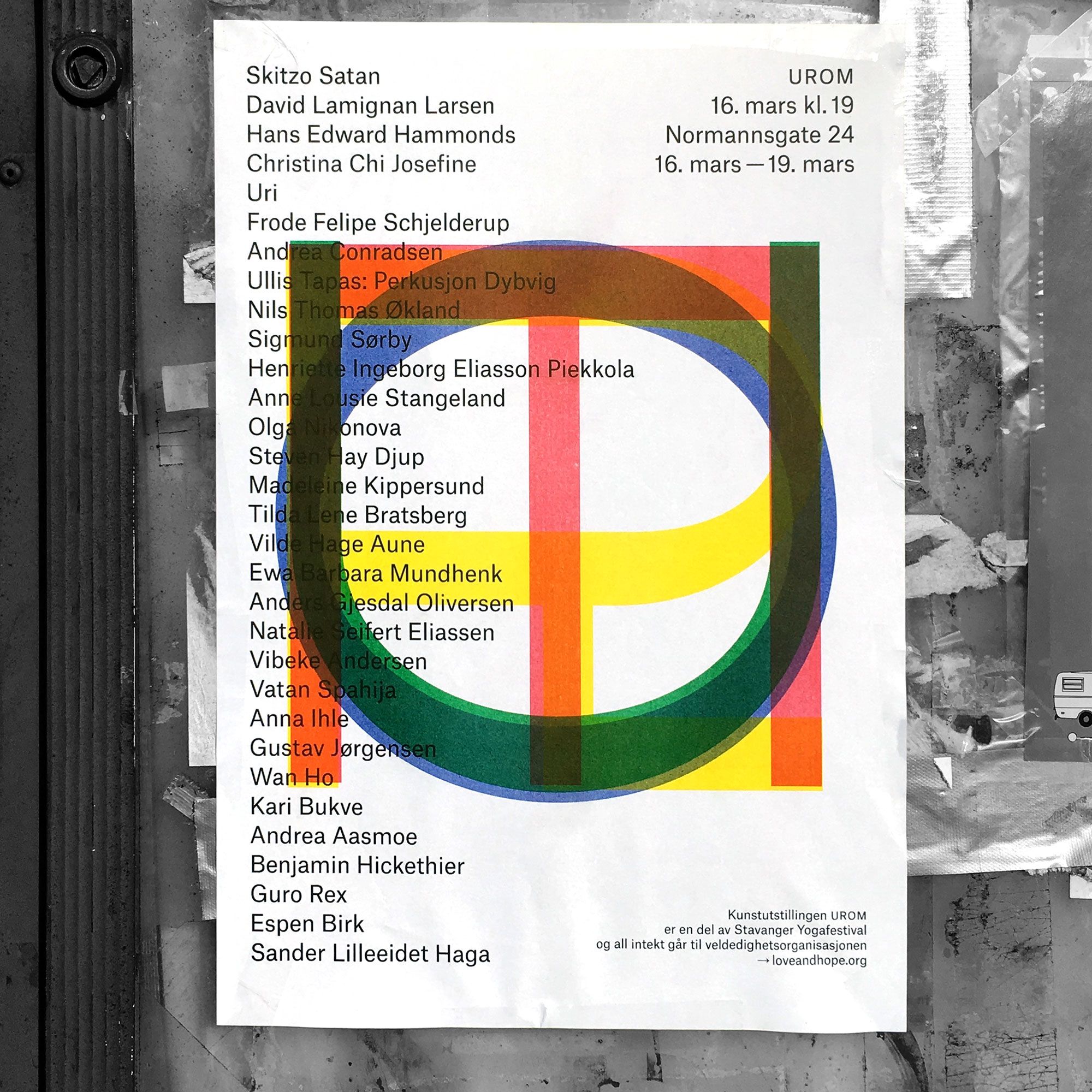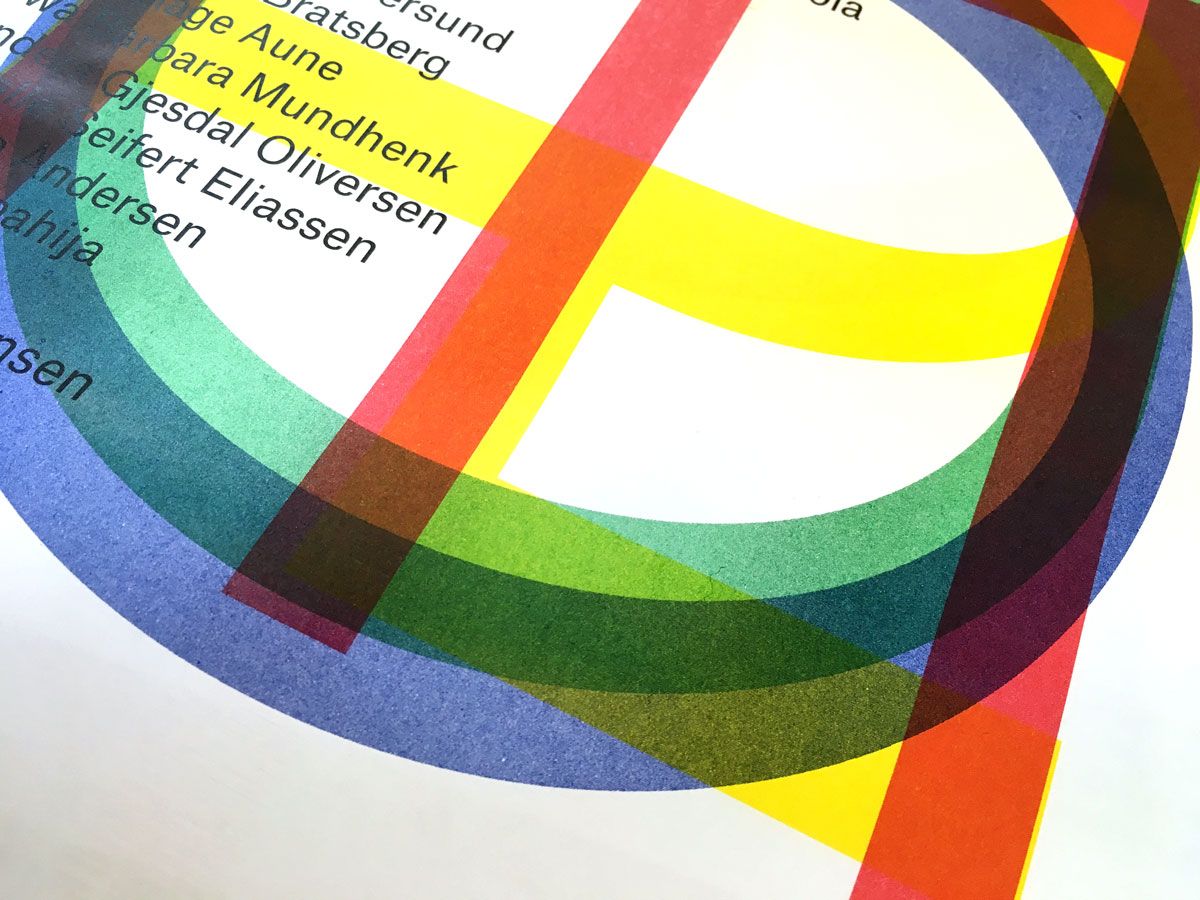Activism in print
If we look back at Western European history, much of the narrative of printmaking has been tied to the streets. Historically, posters, flyers and leaflets are tools for spreading information in public spaces. On a different political scale, Stavanger's iddiser was in the mid 1900s exchanged and played with by both kids and adults as currency, often on street corners, playgrounds or other public spaces.
I would like to quickly look to the city of Amsterdam; a city known for its graphic design and artistic output. In 2012 the Korean journal Graphic (#24, 2012) chose to focus on the city and dedicated a long interview to the design studio Experimental Jetset. Here the studio talked about their work with the Provo movement, which was based in Amsterdam from 1965-67. At the core of the activist and anarchist movement was the act of printing.
Provo operated an illegal printing press, which had to be moved intermittently, and in this way – in the legacy of Guy Debord and the Situationists – created a derivé through the city; an experimental and emotional charting of urban space. The city became a canvas for the press, and the press in turn produced material to canvas the city.
In the article, Experimental Jetset talks about how the Provo movement prepared smoke bombs to be used during protests, as if "imprinting" on the city itself. They address a photo of two people preparing these bombs and how the fact that both of the people in the photograph are printers, speaks to this idea.
To see printmaking as an activist tool is not a new concept, but to think of print in this expanded field of urban imprinting, opens up questions that are interesting to explore within the context of Stavanger: How does printmaking play a role in changing our perception of a city as a space for culture, art and activism? And how does printing re-shift ideas concerning politics, art and design today? These questions direct our focus away from the technical aspects of printmaking, and onto the more subtle artistic and intangible qualities of print.
In their own artistic statement, Tou Trykk says they make room for research, for experimentation and for artists to go deeper into specific printing techniques. In addition, they teach artists and designers how to operate the machines, granting them larger autonomy through the printed medium. In the same capacity, the RISO workshop run by Hickethier has a research potential inherently tied to the RISO as artistic tool. There is still much potential left unearthed as the machine was quickly retired in the age of the desktop publishing. Recent years have seen conferences such as Magical Riso at the Jan van Eyck take place, where participants shared knowledge of the technical aspects of the machine as well as its artistic potential. In printmaking, both the written word and the form itself becomes critical mass, because it is made to communicate and to be in dialogue with an audience, transmitting the message of the designers and artists. And when it is not serving the instrumental need of a corporation, the need for and use of the printing press becomes a message in itself.



